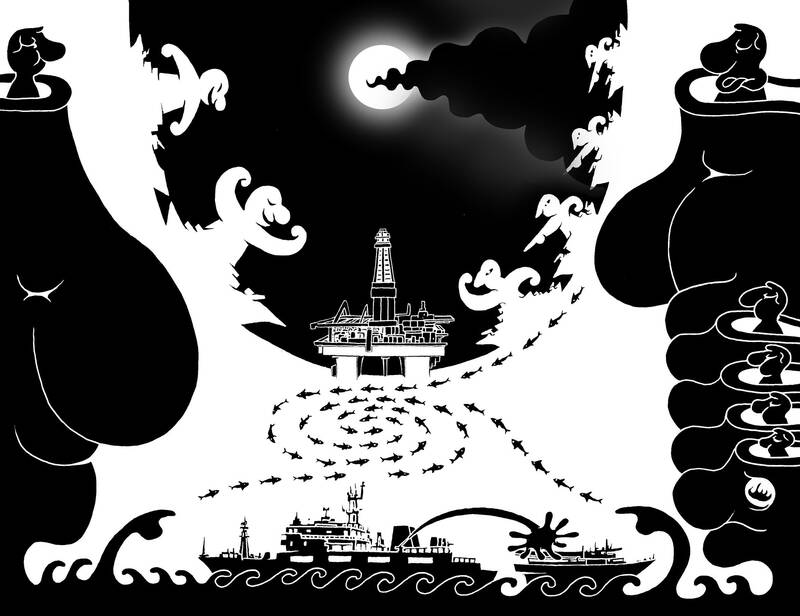Heightened Tensions in the South China Sea: Philippines vs. China
The South China Sea remains a flashpoint for geopolitical tensions as the Philippines grapples with Beijing over territorial claims. A recent skirmish between Filipino sailors and the China Coast Guard has amplified the volatility of this regional hotspot. This incident, which took place on June 17, involved Filipino sailors attempting a resupply mission to the BRP Sierra Madre, which was thwarted by aggressive Chinese maneuvers.
Historical Context
The South China Sea dispute involves several countries, including China, the Philippines, Vietnam, Malaysia, and Brunei, all of whom claim sovereignty over parts of this crucial maritime region. The area is not just strategically significant but also resource-rich, with large reserves of oil, gas, and vital fishing grounds. Approximately 60 percent of global maritime trade traverses the Indo-Pacific region, making the South China Sea a key focus for international commerce and security.
China asserts almost the entirety of the South China Sea as its own, based on historical claims. This stance led China to introduce new regulations this month, effectively classifying any foreign vessels in these waters as trespassers. On the other hand, the Philippines, backed by international law under the United Nations Convention on the Law of the Sea (UNCLOS), maintains its rights to its Exclusive Economic Zone (EEZ).
Current Developments
In Manila, the recent clash has not gone unnoticed, stirring both public sentiment and governmental resolve. The incident exposed internal divisions among Philippine government agencies, but a newfound cohesion now appears to be forming. This unity is crucial for Manila as it navigates the delicate balance between asserting its territorial rights and maintaining economic partnerships with China.
US Ambassador to the Philippines, MaryKay Carlson, emphasized the importance of freedom of navigation in the South China Sea at the recent East-West Center International Media Conference in Manila. She urged China to halt its "bullying behavior" and respect the sovereign rights of countries operating within their EEZs. Analyst Jonathan Malaya of the Philippine National Security Council indicated that the Philippines is close to enacting a new law clarifying its jurisdictional rights in the South China Sea under the UN framework.
International Implications
The stakes go beyond just territorial integrity for the Philippines. The South China Sea is crucial for security and trade in the Indo-Pacific region, a focal point for US strategy involving allies and partners like Japan, South Korea, and Australia. The next steps for Manila could involve more frequent joint naval exercises with the US, aimed at deterring further Chinese aggression. These exercises could serve as a broader strategy to maintain regional stability and uphold international legal norms.
Moving Forward
The challenge for the Philippines now is multifaceted. It must assert its maritime rights without escalating tensions to the point of conflict, which would undoubtedly draw in the United States and its allies. While China may have had the upper hand in the recent episode, the broader contest in the South China Sea is far from over. Manila’s ability to diplomatically and strategically navigate this complex situation will determine the future stability of the region.
For more insights and updates, visit Bloomberg Opinion.
